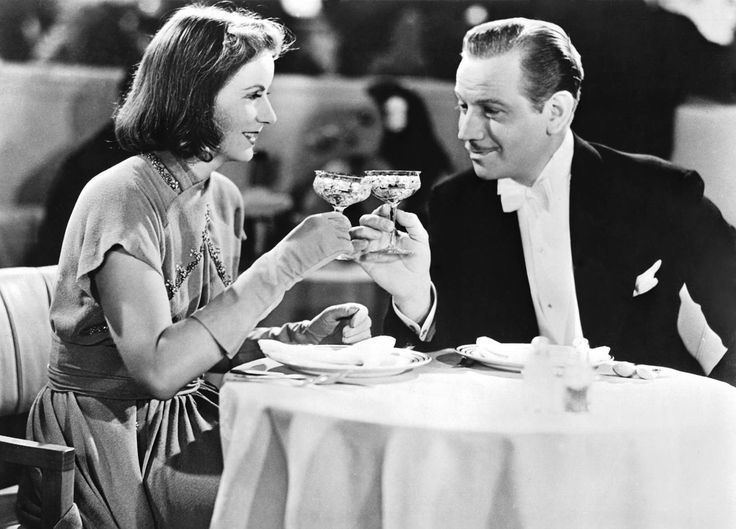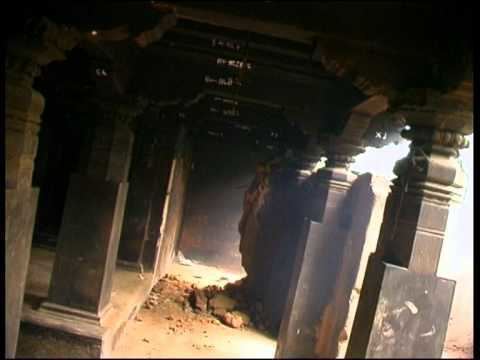Miyar House
8 /10 1 Votes8
Duration | Director Ramchandra P. N. | |||||||||||||||||||||||||||||||||
 | ||||||||||||||||||||||||||||||||||
Miyar house trailer
Miyar House (Kannada: ಮಿಯಾರು ಮನೆ), is a Kannada language feature film in the documentary genre directed and produced by the Mumbai-based director Ramchandra P. N.. It has been completed in 2011. It tells the personal story of the director as his ancestral house gets dismantled in a remote village called Miyar in Karkala Taluk in Udupi district in Karnataka, South India. The film has been produced by the director's own firm 'Sonk Films' and it features many of the members of the filmmaker's extended family. The film has a particular dialect of Kannada that is spoken by a few in that part of Karnataka.
Contents
Plot

[[File:|thumb|200px|left|Miyar House]] The filmmaker’s 200-year-old ancestral house is dismantled, giving him an opportunity to undertake a journey into a past. It is a past that he shares not only with his extended family, but also with successive generations of India’s rural population. Armed with a cranky digital camera, he and his friend Ajay Raina sets out to document the dismantling process. They meet the four owners of the house – the uncles and aunt of the filmmaker - and gather from them what it means to undergo the process of change and migration. A sense of nostalgia and loss; as well as the excitement and the insecurity of the future accompany this process; the essence of which is transition. A realization of the inevitability of this transition marks this journey. It could well have been the journey of a country that has propelled itself into modernity. As plans are on for the house to get reconstructed elsewhere in an open-air museum, out of its original context – for the filmmaker, the fossilization seems to be complete. The film ends with the tile that says that the filmmaker's father has expired in Mumbai in 2010.
Production
The shooting of the film took place over a period of three days in the year 2001. After having reached a saturation from doing excessive content for television in the city of Mumbai, the filmmaker and his film school friend Ajay Raina set off 1000 kilometers south to his parents' house in Udupi and then to Miyar.
Editing
For eight long years the eight hour long rushes lay unused with the filmmaker. Ramchandra PN gathered himself to assemble the film in 2009 when he had an orpportunity to do a teaching stint in Film and Television Institute of India in Pune, the school in which he himself had learnt the art of making films.
Characters
[[File:|thumb|200px|left|A Still from the film]] The filmmaker himself is the main character in the film. The film follows him as he makes his journey and as he convinces his father, uncle and aunt to make one last visit to Miyar, as the house gets dismantled. The filmmaker's extended family members too are prominent characters in the film as they remember the days and times when they used to visit Miyar. Antique collector Vijayanath Shenoy's Heritage Village in Manipal, where the MiyarHouse was to be finally built also features in the last part of the film. There are more than thirty such heritage structures rebuilt in the 'Heritage Village'.
Film specifications
(Source: sonkfilms.com)
